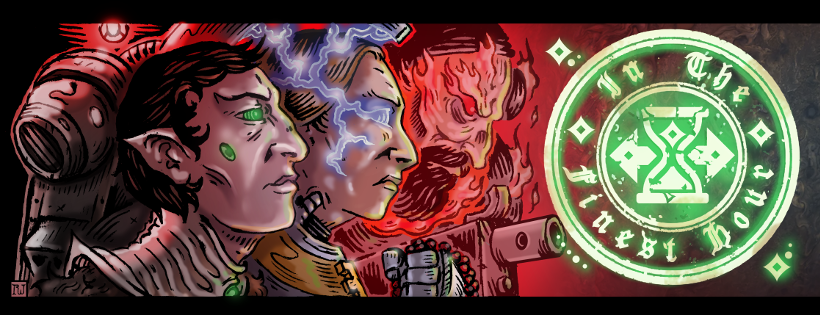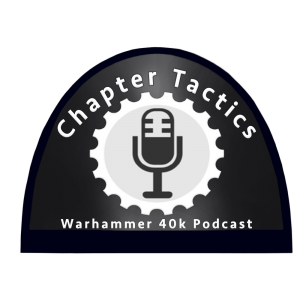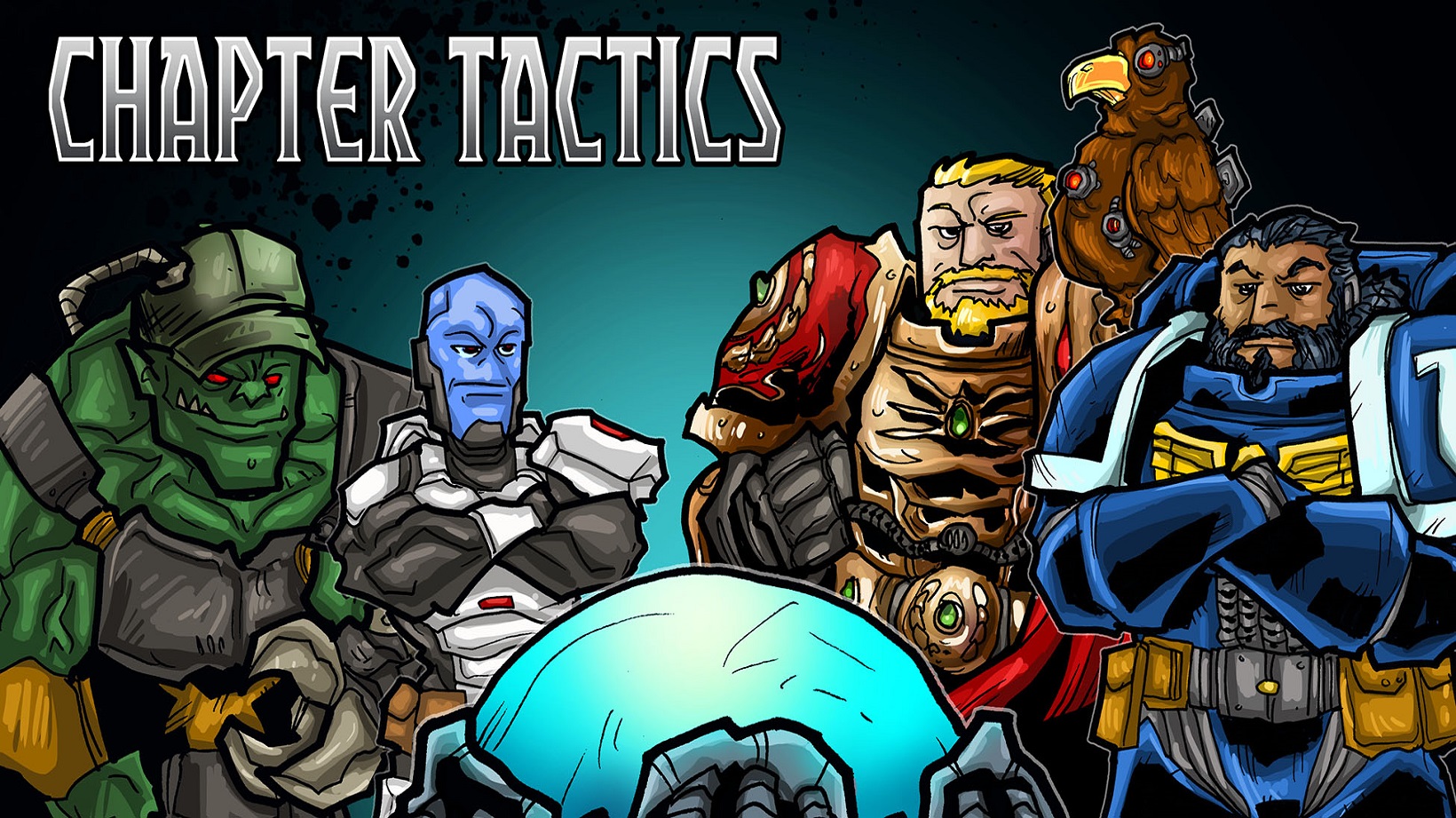In this episode, the guys talk about what it takes to beat the dominant Space Marine lists in 9th edition.
Chapter Tactics is a 40k podcast which focuses on promoting better tactical play and situational awareness across all variations of the game.
- Head on over to 40kstats.com for more faction stats for all major ITC tournaments!
- Support us on Patreon this month and get a chance to receive random stuff from us!
- Click here for a link for information on downloading best coast pairings app where you can find lists for most of the events I mention.
- Check out the last episode of Chapter Tactics here. Or, click here for a link to a full archive of all of our episodes.
- Check out Skari on Skaredcast, for excellent 40k tactics videos and Monday Meta analysis.
- Commercial music by: www.bensound.com
- Intro by: Justin Mahar


And remember, Frontline Gaming sells gaming products at a discount, every day in their webcart!





I feel as if I’m playing a very different game than Brandon.
We use all GW ruins with no bases and we use terrain close to the 12″x12″ recommendation. Meaning a squishy melee unit can be almost touching a ruin wall being obscured in your deployment and in the movement phase go through the wall and stand behind another obscuring terrain piece close to the middle of the table. Fast non-swarm/non-infantry/non-beast can do the same by just running around it.
I feel this is the way GW intended the game to be played. This way footslogging melee units will only get shot if they are targeted by no-LoS shooting (which is now very expensive) or by a unit flanking them from behind so that the obscuring terrain doesn’t hide them.
If you follow GW indication that’s often not possible to do what you describe.
In addition to that, people who crunched numbers from tournaments showed that playing first is an advantage almost overwhelming, who increase with better players.
Why do you say that this is often not possible?
GW recommends one terrain piece per 12″ square of the board. If you are behind one terrain piece, unless you have a very high movement value you’re unlikely to be able to make it sufficiently close to the next one with a normal move + advance.